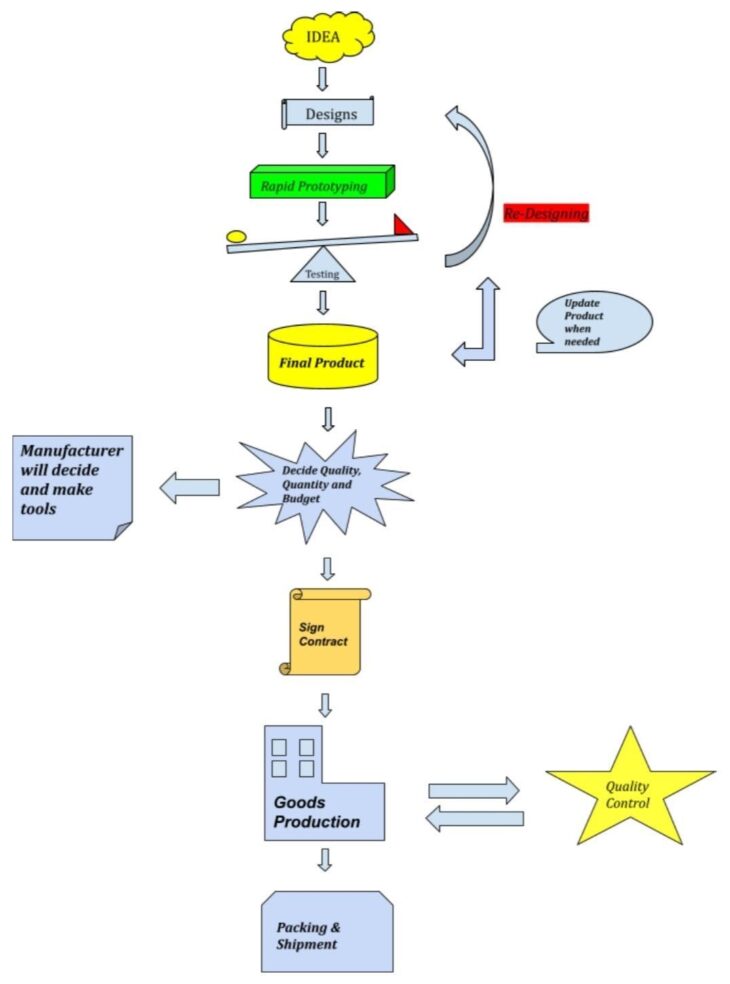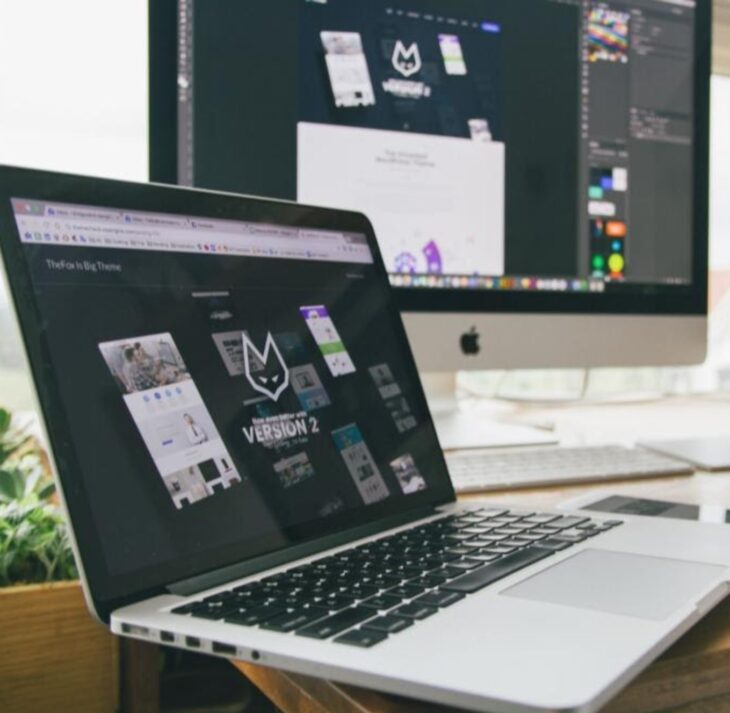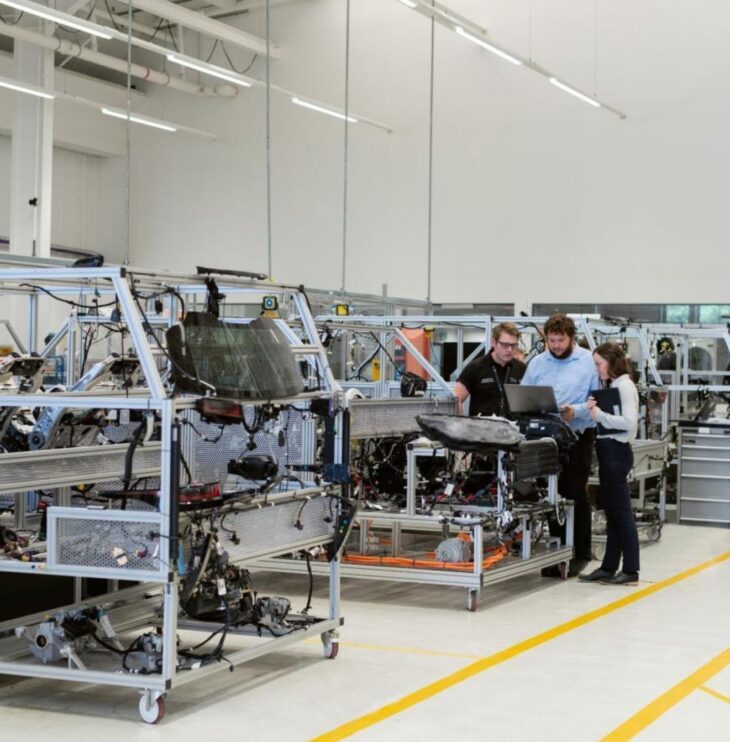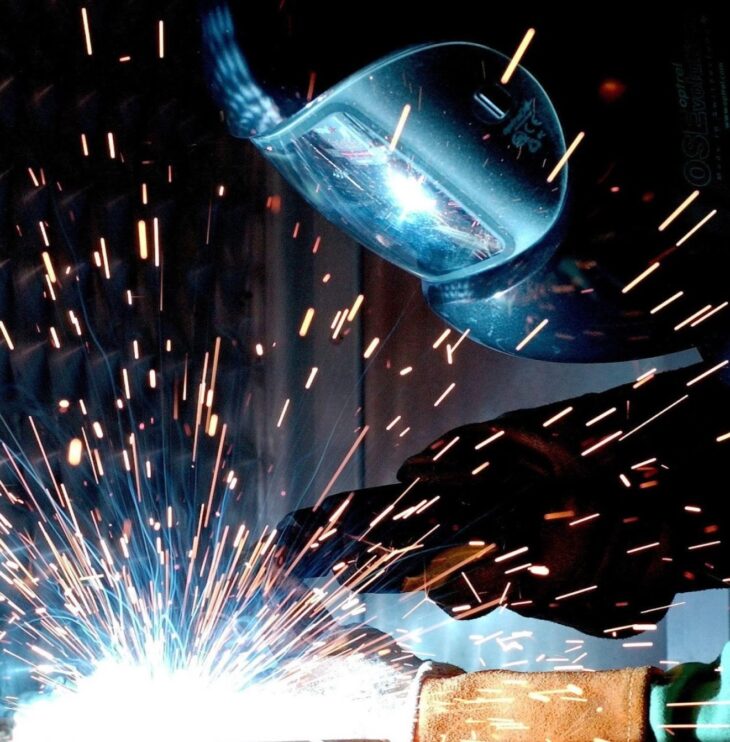You have seen hundreds of new products coming into the market each day. Most of them are getting successful and generating huge revenue. You have an idea too. You must be thinking that you just gave this idea to a manufacturer, he will produce your product and voila! You will be successful too. But it’s quite the opposite. The successful journey from a prototype idea to producing a final product consists of many complex steps.
Rapid prototyping companies like Rapid Direct, who can help you from prototyping to on-demand manufacturing to make your dream a reality. These companies will make working designs out of your CAD design, manufacture a real-life prototype, field test it, improve it, and finally produce a final product out of it in short days and to make your product more competitive in the market.
You can see the flowchart below to get an idea of how many steps you would encounter in the journey from an idea to prototyping to the production of the final product.

Contents
1) How to Convert Your Idea into A Real-Life Product
As you can see in the chart above, it is not that simple to convert your idea into a successful product. There are many stages, and it can take months from the prototyping stage to the production phase. The main stages are given below, and I will discuss each of them in detail;
- Designing
- Prototyping
- Small Scale Production
- Contract Signing
- Full-Scale Production
- Quality Testing, Packing, and Shipment

2) How to make a functional Design
You may have a rough idea about the product in the brain, but you need to make a functional design on some software or at least on a napkin so that you can show it to your manufacturer. If you do not know how to use designing software, do not worry because that is not your job to do. Your manufacturer has many skilled designers; you need to tell your product structure and functions in complete detail. They will make many designs based on your product appearance and functionality until you are satisfied. If you want to make a design at your home, you can, but it will delay the production time, and your homemade designs still need to pass some tests by professional designers. So, it is best to establish contact with the best manufacturer to save time and money.

3) How to Rapid Prototype your Design
Now, Since your final design is ready, it is time to move on to the next stage, which is prototyping. This stage is very vital for your project. This stage decides the quality, investment, failure or success, and overall duration of the project. So, it is recommended to get into contact with the best professional manufacturer. Find a professional manufacturer who provides rapid prototyping services to make a functional prototype in less duration to save both of your investments and time.
The main methods that you can use to rapid prototype your product are;
- CNC Machining
- Vacuum Casting
- Injection Molding
- Sheet Metal Fabrication
CNC machining: CNC machining is a subtractive process in which a solid piece of raw material is carved into a desired 3D geometrical shape and size. CNC machining is a very precise process to create different variants of initial prototypes. CNC machining may be a little costly, but it is worthwhile as it’s precision work.
Vacuum Casting: You can use this process to pick out your final prototype from initial prototypes. You can use this process to make your prototypes near to final product quality and then field test them up to 100/pieces per day. This process is cheaper than CNC machining after you decide on initial prototypes.
Injection Molding: After you decide on the final prototype, you can test it on a small scale of up to 200 to 500 pieces. You can use low-volume injection molding machines to reach superb prototype quality at a low price. This process is a final prototype testing phase to check the public response to your product.
Sheet Metal Fabrication: If your project has mostly metal parts, then your manufacturer will use the sheet metal fabrication process to cut, bend, assemble, weld, and polish your final metal product. Sheet metal fabrication is a swift, rapid prototyping and final product manufacturing method. This process is used only at the end to check public responses about the final prototype.
You can also use injection molding and sheet metal fabrication processes after prototyping to manufacture products at a large scale.

4) How to put Final Prototype on the Production Stage
Now, your final prototype is ready. You think your journey is over, but no, you are only halfway through.
RFQ: You need to contact many manufacturers and get an RFQ, also known as ” Request for Quote,” against your final prototype. The manufacturer will examine your prototype and give you a closet idea about the final product price.
BOM: When you get an RFQ and decide on a specific manufacturer, you need to discuss further details about the project. For example;
- The end quality of your product
- Components of your product
- Raw materials which are going to use in your project
- Processes that are going to manufacture your product
This procedure is also known as the BOM ” Bill of materials,” which includes all the final product information.
Manufacturing Budget: Budget always is a key factor we need to consider. Keeping your budget in mind, you should make a balance between product quality and product price. Then the manufacturer will choose raw materials, machines, and other details according to your requirements.
Trail Order: Before running your final prototype production on full-scale, you must first order some product pieces from the manufacturer to check the final product quality and ensure he is giving what he is promising.
Project Deadline: Last but not least, set a reasonable deadline for your project. So, your contract manufacturer can deliver your order on your designated deadline without diminishing the product quality.
Quality Assurance: You need to sign quality assurance certificates with your manufacturer to ensure the highest quality of your products.
Shipment: When you are passed through all production, inspection, and packing matters, the final part is shipment. Due to the coronavirus, now the shipping capability is Insufficient. So we should keep an eye on logistics.

Summary:
As you have seen above, manufacturing a product from a rough idea is not an easy process. There could be many factors that will delay the production of the product, such as your design may be faulty, prototypes may not pass standard tests, or your final product may not get a good public response, and you will have to make changes or redesign from the start. It could take months, even years, before you launch your product into the market. To avoid unnecessary time consuming, it is essential to contact a good manufacturer from the very start.
A good manufacturer will help you succeed in product development, manufacturing and save your investments. The benefits of the good manufacturer are given below;
- Providing one-stop services from prototyping to manufacturing to speed up the designs and prototypes of your product.
- Helping you to choose the best machining techniques according to your budget to ensure low production cost and superb end-product quality.
- Offering professional engineering support and shipping support.
